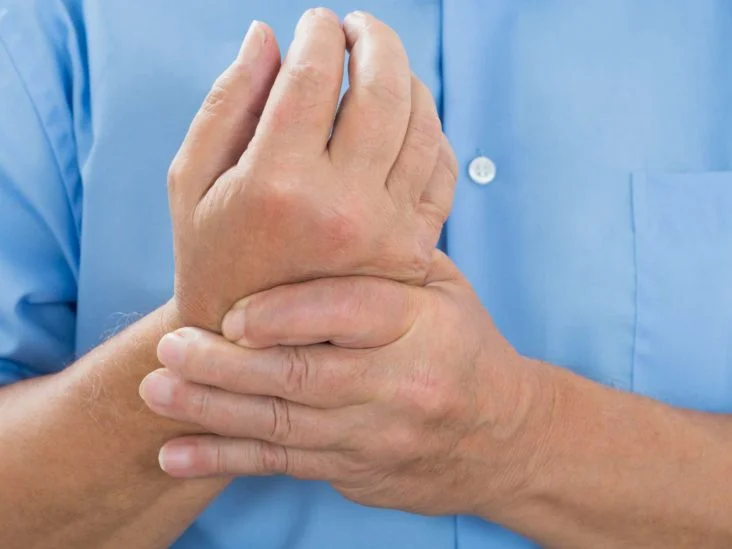
ULNAR NEURITIS
Ulnar neuritis is a medical condition that affects the ulnar nerve, which runs from the neck down to the hand and is responsible for the sensation and movement in the hand and fingers. Ulnar neuritis occurs when the ulnar nerve becomes compressed or damaged, leading to pain, numbness, and weakness in the affected hand and fingers.
SYMPTOMS OF ULNAR NEURITIS
Symptoms of ulnar neuritis may include:
- Pain or discomfort in the hand, wrist, or elbow
- Numbness or tingling sensation in the fingers, particularly the little finger and ring finger
- Weakness or clumsiness in the hand
- Difficulty gripping or holding objects
CAUSE OF ULNAR NEURITIS
Ulnar neuritis can be caused by a variety of factors, including repetitive motions, prolonged pressure on the elbow, injury to the elbow or wrist, or certain medical conditions such as arthritis or diabetes.
TREATMENT OF ULNAR NEURITIS
If you suspect that you have ulnar neuritis, it is important to seek medical attention promptly. Your doctor may perform a physical examination and diagnostic tests such as nerve conduction studies or electromyography to determine the extent of the nerve damage and the appropriate course of treatment.
Treatment for ulnar neuritis may include:
Preventing ulnar neuritis can involve taking frequent breaks during repetitive activities, using ergonomic equipment, and maintaining good posture and body mechanics.
In conclusion, if you experience any symptoms of ulnar neuritis, seek medical attention promptly to receive the appropriate treatment and prevent further nerve damage.
Rest and immobilization of the affected arm
Anti-inflammatory medication to reduce pain and swelling
This technique involves the use of manual therapy to improve soft tissue mobility and reduce pain and inflammation. The physiotherapist may use massage, myofascial release, or trigger point therapy to alleviate muscle tension and improve blood flow to the affected area.
These exercises are designed to improve range of motion and muscle strength in the affected arm and hand. The physiotherapist may prescribe specific exercises that target the muscles and nerves of the hand and fingers to improve hand function and reduce pain.
Preventing ulnar neuritis can involve taking frequent breaks during repetitive activities, using ergonomic equipment, and maintaining good posture and body mechanics.
In conclusion, if you experience any symptoms of ulnar neuritis, seek medical attention promptly to receive the appropriate treatment and prevent further nerve damage.
